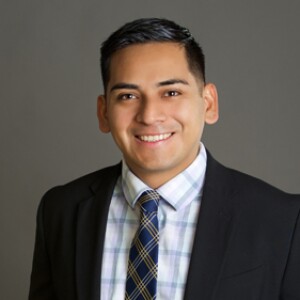IDAHO — A COVID-19 surge is putting health providers in a tough spot. Already, hospital systems in northern Idaho have implemented crisis standards of care. Systems here in the valley, both large and small, are also feeling the effects.
RELATED: Crisis Standards of Care activated in North Idaho
At the Family Medicine Residency of Idaho's clinics, there are many moving parts to get the handle on the number of visitors they are seeing at their doors.
“The number of appointments has doubled, from about 45 to 90 potential appointments for just COVID symptoms. In Nampa, that has increased fourfold from about probably on the order four to five patients a day to 16 to 20 patients a day,” said Dr. Ted Epperly, President, and CEO of Family Medicine Residency of Idaho.
RELATED:What is Crisis Standards of Care and how will it affect you?
Epperly said a triage tent was set up at the clinic in Boise located on Raymond Street to expand their service to help those seeking COVID-19 care. The health care provider also doubled its staff for COVID-19 services.
“Instead of having one provider totally dedicated per day at our clinics, we double that to two providers seeing nothing but COVID-19 patients so we can keep the sick patients separated from the well patients, “ Epperly said. 'We need the rest of our doctors to see the well patients for all of their routine appointments.”
Dr. Epperly said their COVID-19 testing is limited as well.
“We are limiting the testing to just symptomatic patients, we are discouraging testing because it’s a limited resource for patients that just want to travel or need a negative test before an event,” he said. “We are focusing just on symptomatic patients we are doing the rapid testing with BiNAX NOW for all symptomatic patients.
Family Medicine is concerned with crisis standards of care set in motion in North Idaho and Dr. Epperly said it could get worse.
“From the modeling studies on COVID-19 in our area, it’s expected to crest probably at the first part of October. We are far from this surge and it will get worse over the next three or four weeks before it starts to get better,” Epperly said.




